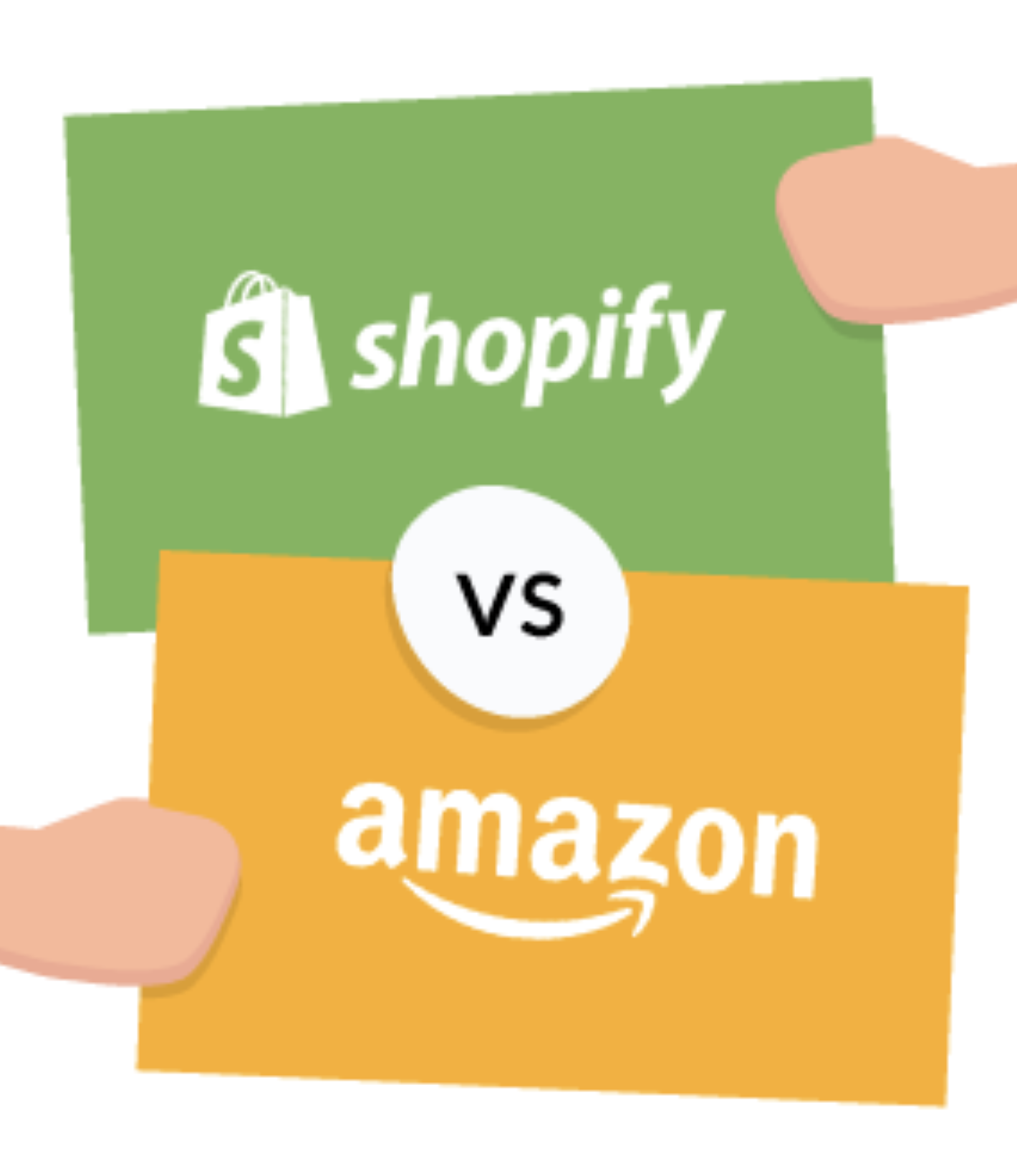Are you looking for a new way to target potential customers and boost your online sales? Shopify’s Audiences tool may be the answer. In this blog, we’ll compare Shopify Audiences to Amazon’s advertising platform and provide tips on how businesses can use the tool effectively.
What is Shopify Audiences?
Shopify’s Audiences tool is a marketing tool that allows retailers to pool their customer data and use it to target ads at “lookalike” customers through Google and Meta’s advertising platforms. This type of “lookalike” targeting is designed to reach potential customers who have similar characteristics to a business’s existing customers, and it can be an effective way to reach a larger and more diverse audience.

How does Shopify Audiences compare to Amazon Ads?
While Shopify’s Audiences tool and Amazon’s advertising platform both offer ways for businesses to target ads based on customer data, they differ in their approach. Amazon’s advertising platform allows third-party merchants to promote their products on its marketplace and uses data about its own customers to target ads. This “first party” data is information that an advertiser holds about its own customers, and it allows Amazon to offer targeted advertising to its customers on its own platform.
In comparison, Shopify’s Audiences tool allows retailers to pool their customer data and use it to target ads at “lookalike” customers through Google and Meta’s advertising platforms. This pooled data, which may be considered “third party” data by some, is opt-in and can be targeted by businesses either based on their own store’s data or the data from the pool as a whole. While Shopify’s Audiences tool is not a direct competitor to Amazon’s advertising platform, it does offer a similar way for businesses to target ads based on customer data beyond Amazon’s own platform.
Tips for using Shopify Audiences effectively:
- Target ads at potential customers who have similar characteristics to your own customers. This can be done by opting in to adding your customer data to the pool and targeting ads based on the data from your own store or data from the pool as a whole.
- Regularly review and optimize your targeting settings. By regularly reviewing your targeting settings, you can ensure that your ads are being shown to the most relevant audience.
- Consider the ethical implications of using customer data for advertising purposes. It’s important to ensure that you are complying with relevant privacy laws and regulations and to be transparent with your customers about how their data is being used.
- Consider a range of factors when determining the most effective advertising strategies for your needs. This includes your target audience, budget, and marketing goals.
Examples of businesses using Shopify Audiences successfully:
There are many examples of businesses that have successfully used Shopify’s Audiences tool to reach a larger and more diverse audience. One such example is a fashion retailer that was able to use the tool to target ads at potential customers who had similar characteristics to their own customers, resulting in a significant increase in online conversions. Another example is a home goods retailer that was able to use the tool to target ads at potential customers who had shown an interest in similar products, leading to an increase in online sales and a higher return on investment.
Advantages of using Shopify Audiences
- Ability to reach a larger and more diverse audience. By using data from multiple retailers, you can potentially reach a wider range of potential customers who may be interested in your products.
- Potential to improve the quality of your ad targeting. By using data from multiple retailers, you may be able to more accurately target ads to potential customers who are more likely to make a purchase.
- Opportunity to compete with larger retailers. Shopify Audiences allows small and medium-sized businesses to access the same targeted advertising capabilities as larger retailers like Amazon.
- Convenience of using a single platform. With Shopify Audiences, you can target ads on multiple platforms (such as Instagram, Google search results, and YouTube) from one central location.
Disadvantages of using Shopify Audiences
- Potential for increased competition. By pooling data from multiple retailers, you may be competing with other businesses for the same “lookalike” customers.
- Dependence on data quality. The effectiveness of Shopify Audiences relies on the accuracy and relevance of the customer data that is being used.
- Risk of violating privacy laws and regulations. It’s important to ensure that you are complying with relevant privacy laws and regulations when using customer data for advertising purposes.
Shopify’s Audiences tool offers small and medium-sized businesses the opportunity to compete with larger retailers by accessing the same targeted advertising capabilities. By using data from multiple retailers, businesses can potentially reach a larger and more diverse audience and improve the quality of their ad targeting. However, it’s important to consider the potential disadvantages of using the tool, such as increased competition and the risk of violating privacy laws and regulations. By carefully reviewing your targeting settings and considering a range of factors, you can effectively use Shopify Audiences to boost your online sales.
